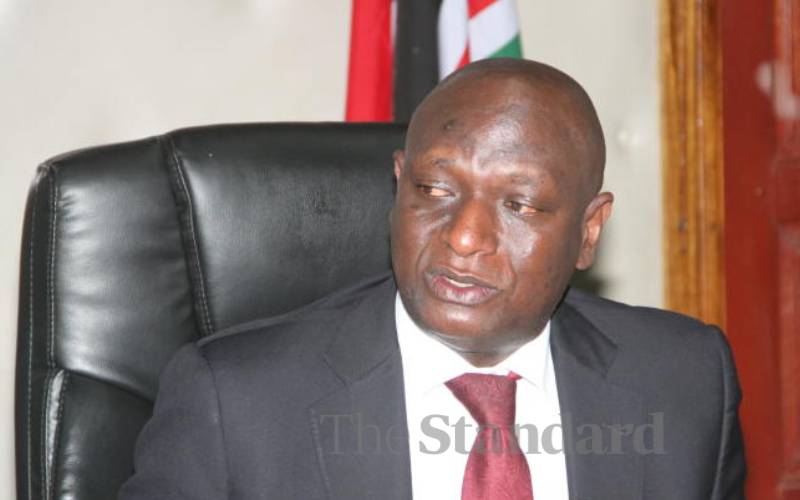
Devolutions CS Alfred Keter addressing the press at the Treasury, October 2021. [Edward Kiplimo, Standard]
Devolution in Kenya is not an accident. Article 1(4) of the Constitution reminds us that sovereign power in Kenya is vested in the hands of the people and is exercised at both national and county levels. Article 6(2) stipulates that these distinct and interdependent levels of government ought to do business on the basis of consultation and cooperation. To quote the Council of Governor's tagline: One country, 48 governments.